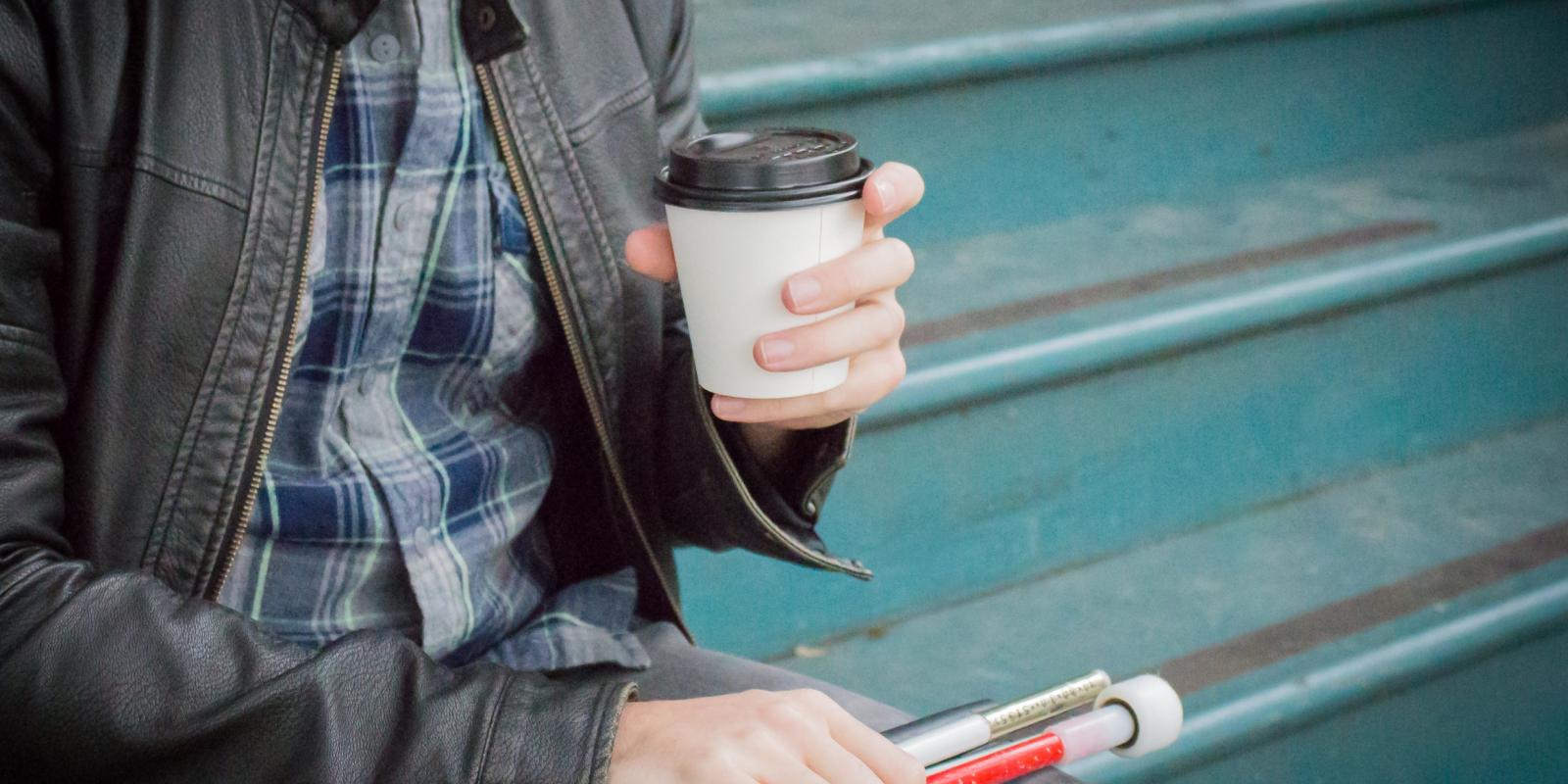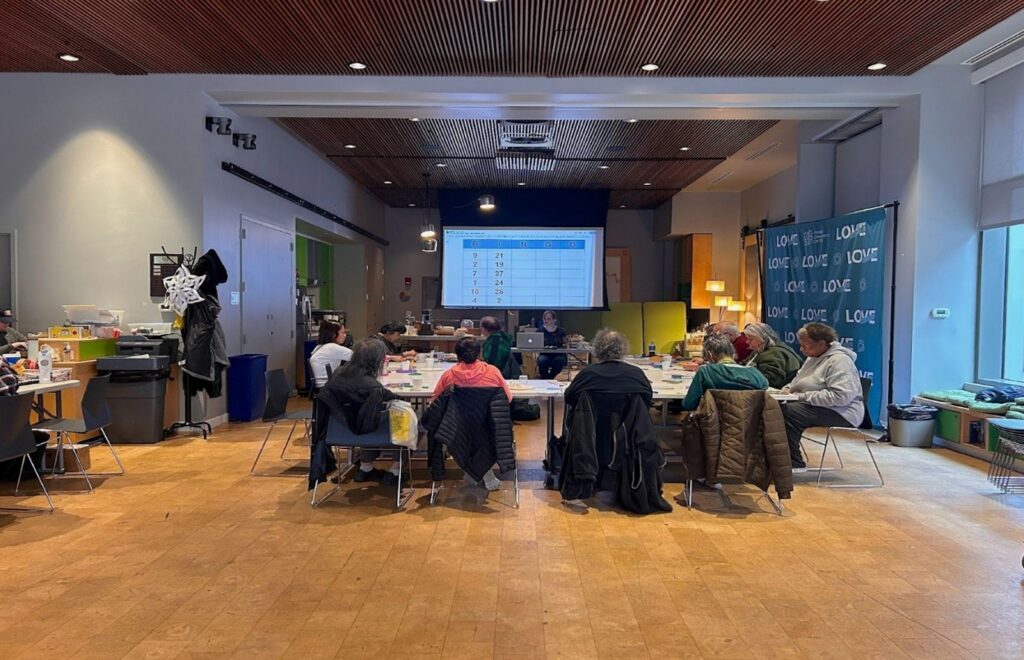Even when all medical interventions have been exhausted, it is still possible to provide life-changing solutions for older adults facing blindness, low vision and significant vision loss. Vision Rehabilitation is the final phase in the continuum of care and can provide the benefits needed to help older adults live safely, confidently and independently.
Healthy People 2030 identifies vision impairment as a high-priority public health issue. In 2015, an estimated 12.44 million people in the United States ages 40 and older were blind or visually impaired. By 2025, that number is projected to more than double.
This sharp increase results from the higher percentage of older adults in the population and an increased onset of age-related medical conditions contributing to vision loss, including diabetic retinopathy, glaucoma, cataracts, macular degeneration and more.
A variety of medical interventions can address these medical conditions. However, once medical treatment has achieved maximum impact, many older adults will still face significant impacts of vision loss, including:
- Climbing stairs, crossing a street, driving, using public transportation, preparing meals, and performing household activities will become difficult or impossible.
- It will become increasingly difficult to manage personal accounts, pay bills, identify and manage medications, which compromises independence and privacy.
- Falls or fear of falling will further impact mobility and independence.
- Blindness and low vision often cause isolation, keeping people at home when they prefer to socialize with family and friends.
- Increased anxiety and depression may occur due to reduced contact with others, including those facing the same experiences.
For people facing blindness and low vision, vision rehabilitation is an effective and efficient way to enhance their quality of life and enable them to age in place. According to Healthy People 2030, vision rehabilitation includes therapies and group programs that help people adapt to permanent vision loss and methods to improve the use of residual vision.
A broad range of vision rehabilitation services are available, including orientation and mobility training, independent living skills, assistive technology, vocational rehabilitation, adaptive devices and other types of compensatory training. Specific vision rehabilitation services provided to each person will vary, depending upon their level of vision loss, and individual goals and needs. Prior to beginning vision rehabilitation services, an eye doctor accomplishes a comprehensive eye (or low vision) exam, and a functional assessment confirms any significant challenges in daily living.
A network of agencies across the country provides ever-expanding vision rehabilitation services, many specially designed for older adults.
Patricia McCabe et al. in 2009 documented “significant improvement after vision rehabilitation for a predominately elder population.” However, of the 26.9 million U.S. adults ages 18 and older reporting blindness or vision loss, only 4.3% sought vision rehabilitation services in 2017.
There is a unique opportunity to connect people facing vision loss with the vision rehabilitation services they need. A network of public and private agencies across the country provides ever-expanding vision rehabilitation services, many specially designed for older adults. Online resources are available to help professionals, caregivers and visually impaired persons learn about vision rehabilitation services and how best to access them.
Other points of contact to help facilitate vision rehabilitation:
- Eye care professionals: When medical treatment has been exhausted, patients can be referred to vision rehabilitation service providers. VisionAware is an accessible digital search tool that locates vision rehabilitation services in your area.
- Aging services organizations: Staff and volunteers can access online resources to help clients with vision loss learn more about vision rehabilitation services, such as Getting Started 2020: A Guide for People New to Vision Loss or La Guia de Inicio 2020: Dirigida a personas que hand perdido la vision recientemente.
- Organizations can access a broad range of information and resources about aging and vision loss at the Older Individuals Who Are Blind Technical Assistance Center (OIB-TAC). OIB-TAC offers free online resources, tools, training and courses for people supporting older adults with blindness or low vision. VisionAware also provides professional resources.
- Direct resources for individuals facing blindness and vision loss, their families and caregivers: Access a broad range of resources and connect with vision rehabilitation services through TIME TO BE BOLD. Call ConnectCenter at 1-800-232-5463, or email connectcenter@APH.org.
Every adult deserves to live safely, independently and joyfully. Help make that a reality for the adults with blindness and low vision.
For more information on The Reality of Aging and Vision Loss in America, read the first article in this series by VisionServe Alliance.
Libby Murphy is director of Program Development at VisionServe Alliance, which leads a consortium of organizations and leaders advancing the vision loss field. Murphy previously was president & CEO of Louisiana Association for the Blind, and has served on the Louisiana Governor’s Advisory Council on Disability Affairs, and the Louisiana Rehabilitation Council, two years as Council Chair.
Photo credit: Shutterstock/Tracy Spohn













